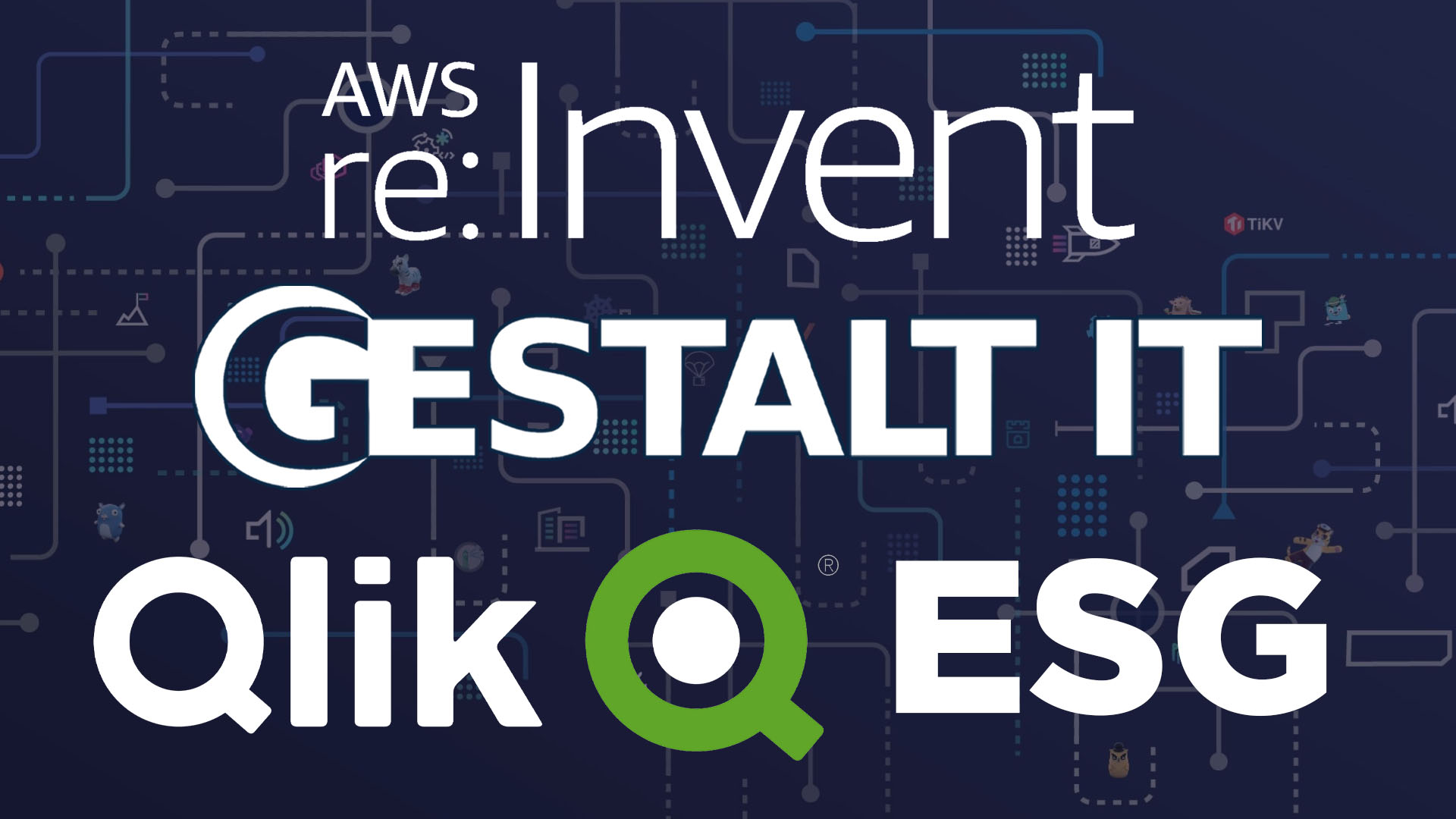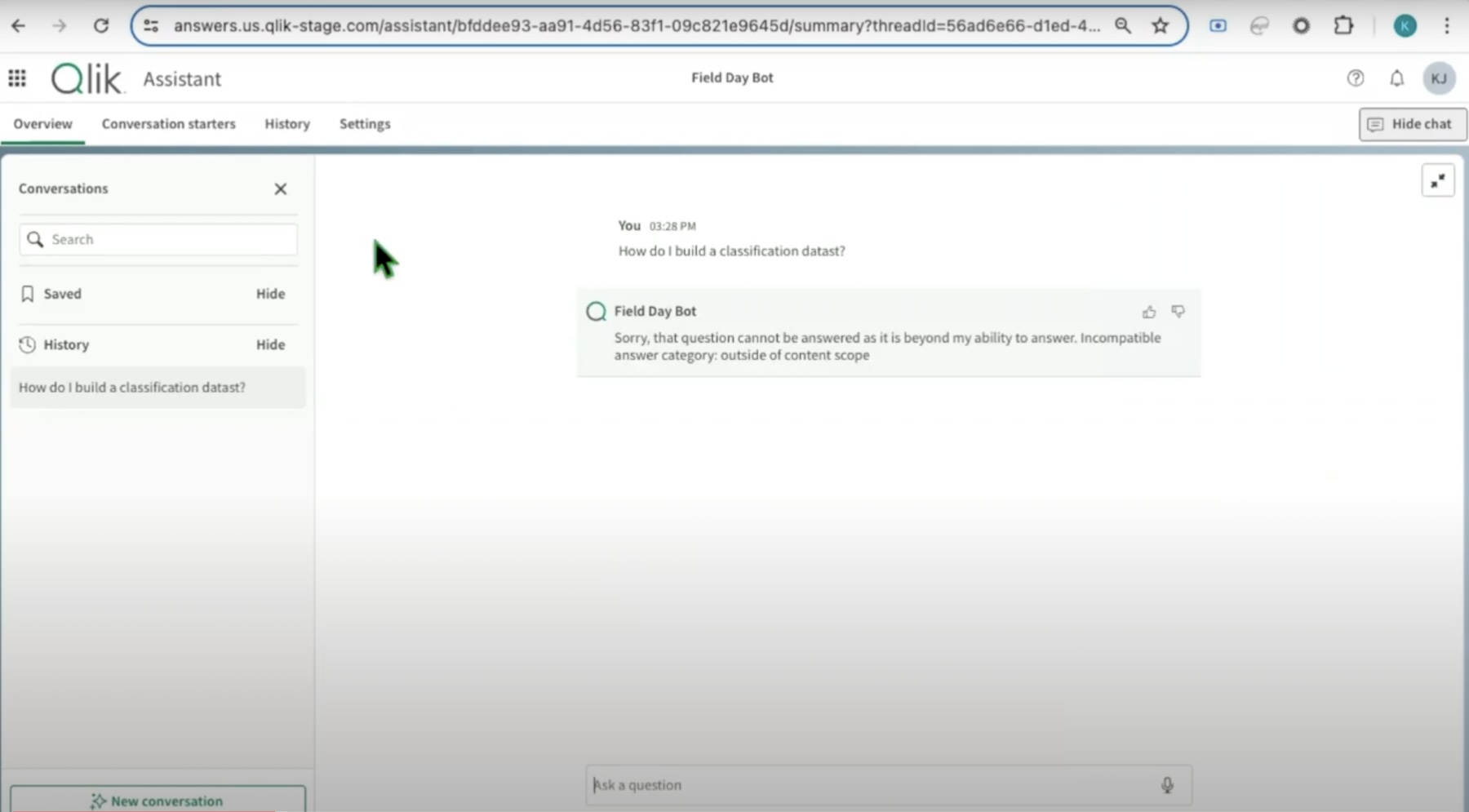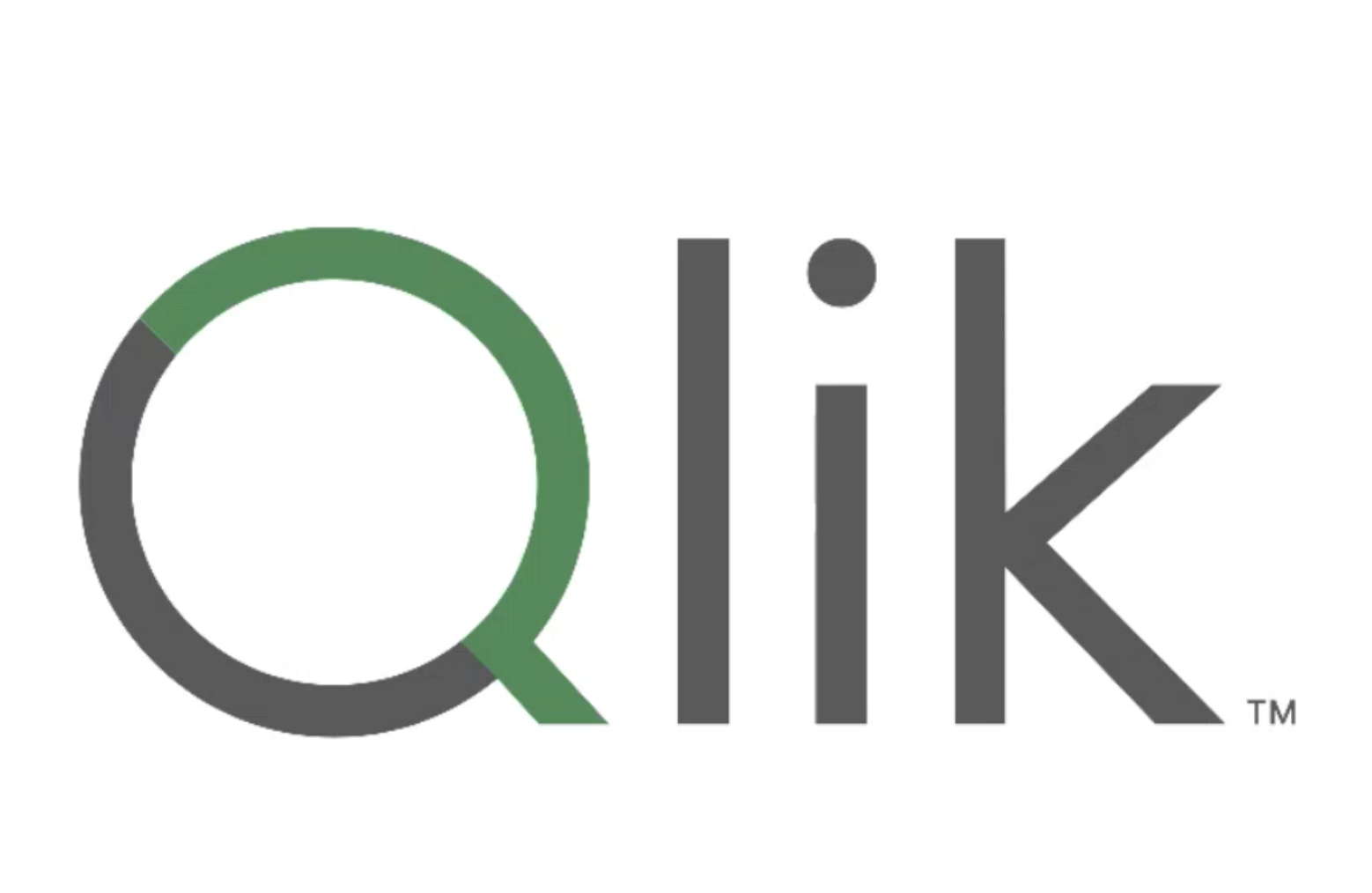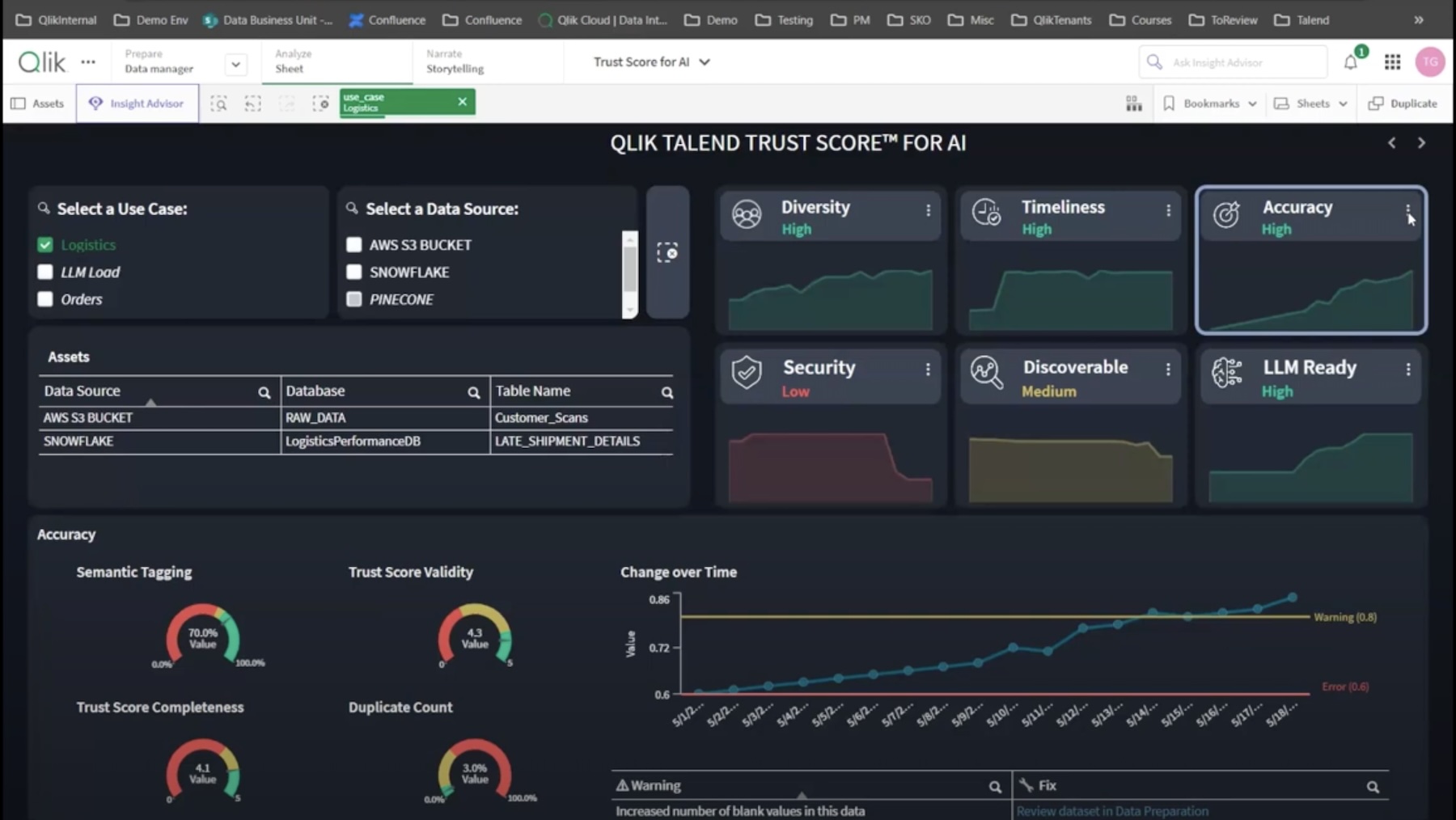Machine learning (ML) can recognize hidden patterns by endlessly sifting through data, a feat that is both overly demanding and exceedingly tedious for humans. Strategic use of this capability in enterprise can open ways for predictive problem-solving. Imagine looking at oceans of data in under minutes, and inferring the future – the series of events that is going to take place, the levers and triggers, and the most plausible way to avert the crisis.
Despite the ubiquity of data to back such conclusions, for an average organization, predictive analytics is a pipe dream. There is a big dollar cost, skill gap and sundry other barriers standing in the way.
At the AI Field Day event in California, Qlik introduced a solution that defies the odds, and unleashes the power of algorithmic prediction for any enterprise. AutoML is new capability that democratizes ML for Qlik Cloud users.
Predictive Analytics, a Catalyst for Impactful Changes
It used to take a village to develop a piece of software. AutoML has the power to do all of the above, without requiring the analytics teams to write a single line of code. Included within the Qlik SaaS subscription, it can generate models and make predictions without users ever having to get in the weeds and navigate the technical nuances.
Qlik is committed to isolating the underlying data science so that people without obscure programming skills can also get the most out of data. “If we think about our 40,000 plus customers, Qlik is the point where they’re making decisions – it is the place where they have all their data processed. Being able to combine generative capabilities with that is going to be very powerful in the business context,” says Sean Stauth, Global Director of AI and Machine Learning, who demoed the solution to the audience.
Across the domains of sales, marketing, operations, IT, finance, HR, manufacturing and supply chain, Qlik recognizes scores of use cases that can leverage ML-based predictive analytics to meet implausible outcomes such as, recognizing uncharted risks, anticipating a probable lapse in system availability, predetermining behavior patterns and customer churn, pre-calculating turnovers and loss of revenue, and improving baselines.
Use cases like these often get left out of the scope of machine learning due to the overemphasis on the top 10% that grips the attention. Qlik narrows them down and seeks to bring them into the folds so that data analytics can conquer more grounds.
“The use cases are vast, and we think, incredibly impactful,” he notes.
Qlik AutoML Tells the Future by Looking at Past Data
Qlik AutoML is an available feature in the Qlik Cloud. Completely code-free, it allows users to generate ML models on demand.
“When we work with customers, it’s not about building the model. It’s about that last mile delivery in building it into a workflow where you can actually measure it. We call that the AI value capture,” says Stauth.
AutoML makes ML ridiculously easy. It lets users train the models on the data and metrics of their choosing in a simple, clickable fashion after which the models start making predictions and analysis specific to the use cases.
Describing Qlik’s goal, he says, “Once we build an AI capability, we infuse that across the entire workflow from integration through data management, so that many people across the organization can use them.” He adds, “The key driver analysis which is built from explainability metrics within AutoML is an example of that.”
There are three kinds of problems AutoML can take on – binary classification or yes or no questions, multi-class classification or problems with outputs in more than two categories, and regression where the prediction type is numerical.
Here is how it works. AutoML has hundreds of algorithms ready to be trained on historical data. Users can start by choosing a data source that they want to use for the job. Qlik is neutral to all data sources, and has a full catalogue that they can just point, click and select. These could be anything – cloud systems, on-prem systems, CRM, Snowflake, Databricks, log data, session data, behavioral data, publicly available economic data, says Stauth.
“We also connect to generative services like Bedrock and OpenAI.”
Once the datasets are discovered, the learning process starts. Qlik calls this phase rapid experimentation, and there is no limit to the number of experiments users can run, which is a big differentiator between Qlik and other platforms.
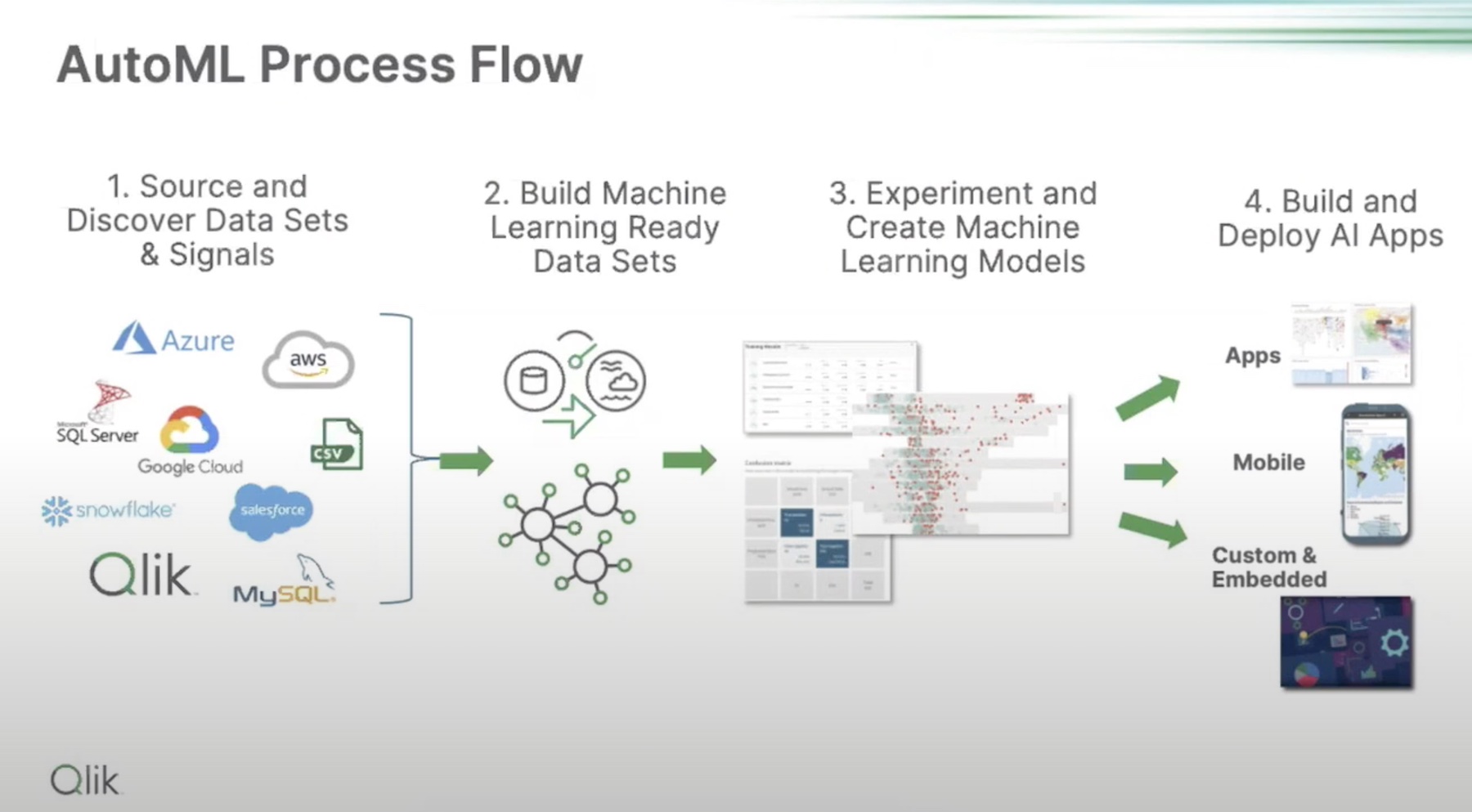
The process is a rapid and iterative. At this stage, the models scan through data for signals. “It is very investigatory,” says Stauth.
At the end of the cycle, predictions with full explainability data are exposed. This includes Shapley values. “We calculate those on an event-by-event basis for every single prediction that we do, to allow users to understand the specific reasons that we’re making a prediction on,” Stauth says.
The explainability metrics is key to building trust in the models’ predictions. “If we predict that a customer is going to churn, we want to understand the reasons driving it.”
To take it a step future, where users can delve deeper into the predictions, and explore potential what-if scenarios with real-time calculations on Qlik Sense.
No-Code ML
AutoML is purpose-built to make machine learning user-friendly and easy to consume for analytics users who do not possess the technical expertise. A lot of the data pre-processing along the workflow like, normalization so it’s an apples-to-apples comparison, automatic hold-out of data while training, and five-fold cross validation to make skill estimates – happen in the background and requires no effort or involvement of the users, says Stauth.
“This is built for someone who has never had any experience in machine learning to just go as fast as possible. It just takes care of all the work that data scientists would have to do for supervised learning.”
So will bigger organizations that have in-house data science teams find AutoML useful? “The larger institutions that have very mature machine learning teams, they think about AutoML as a way to offload most all of their supervised learning use cases,” Stauth replies.
For more, be sure to watch the demo and Qlik’s other presentations from the recent AI Field Day event. Also check out Alastair Cooke’s review on The Futurum Group website.

